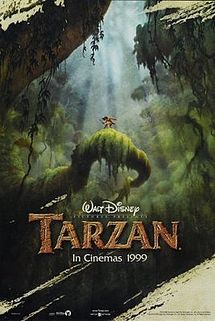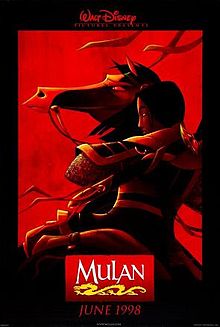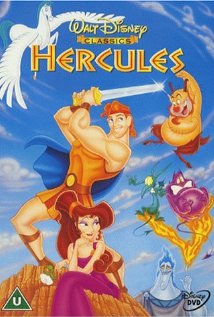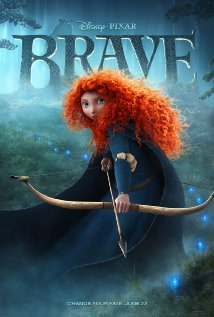The following is my entry in the Film Classics Annual Writing Contest.
In the classic screwball comedies of the 1930s and 1940s, everything is upside-down and backwards — most notably the gender roles. While mistaken identities, slapstick shenanigans and witty banter push and pull the madcap couple together and apart, their behavior often defies sexual stereotypes of the period. The man inevitably becomes emasculated and is ordered around by an independent, pushy woman who either doesn’t like him or likes him too much for him to handle.
The gender-bending doesn’t stop at the characters’ personalities and conduct, however. It also reveals itself in their many — usually ridiculous — outfits. Cross-dressing, whether overt or understated, is a major aspect of the classic screwball comedy. It provokes laughter, moves the plot forward, and develops character. Such sartorial choices were often controversial. Katharine Hepburn’s breezy trousers and Cary Grant’s frilly robes caused a fashion revolution and sexual confusion. While many modern viewers think of bombshells like Marilyn Monroe as the major threats to the Production Code, the screwball stars caused an early stir. As Andrew Sarris says, this type of film was “a sex comedy without the sex.”
In screwball comedies, women wear the pants, both literally and metaphorically. In Bringing Up Baby (Howard Hawks, 1938), Susan Vance (Katharine Hepburn) moves around her apartment in a pair of polka-dot pants. She dons trousers and flat shoes to partake in a slapstick adventure in her aunt’s backyard. In The Philadelphia Story (George Cukor, 1940), Tracy Lord (Hepburn again) prepares for her upcoming nuptials in comfortable slacks and riding pants which show off her long, slim legs. In My Favorite Wife (Garson Kanin, 1940), Ellen (Irene Dunne) arrives home after years on a desert island wearing men’s clothes. Screwball women reject ladylike frocks in favor of comfortable clothing.
The masculine aesthetic which these women so much enjoy does much to emphasize their characters’ independence and strong wills, but these traits are emphasized further when they begin wearing the heroes’ clothing, and vice versa. In screwball comedies, cross-dressing is often accidental, impulsive or last-resort, but it always says something important about the characters’ hierarchy. In Bringing Up Baby, Susan steals David Huxley’s (Cary Grant) clothes to keep him from leaving, and on her way out the door, she dons his hat. This act draws attention to her more powerful — traditionally masculine — position in their relationship. It is also interesting to note that Susan also destroys many objects of David’s clothing throughout the film. She causes him to slip and fall on his top hat early in the film, and soon after that she tears his jacket. Later she burns his sock while trying to dry off over a fire, and then her antics cause his glasses to break. Susan ruins David’s emblems of masculinity — his male clothing — or takes them for herself. Susan also experiences destruction to her clothing, including when she loses the heel on one shoe and laughs at the fact that now she has uneven feet, singing, “I was born on the side of a hill.” Susan’s joy at flattening her shoe, and the alternating heights at which she stands because of it, point to her complicated gender role.
Similarly, in It Happened One Night (Frank Capra, 1934), Ellie (Claudette Colbert) accepts Peter’s (Clark Gable) pajamas, complete with pants and a button-front shirt, to sleep in. She does this out of desperation, since she’s lost her luggage, but it points to a larger power struggle between the two, as he shows her the ropes and she continuously berates him.
The cross-dressing isn’t limited to women wearing men’s items. Screwball heroes are sometimes forced to wear women’s clothing. The most famous man to do this was Cary Grant. After Susan steals David’s clothes in Bringing Up Baby, his only option is to throw on a woman’s ruffled robe, an item which stands in stark and fascinating contrast with Susan’s seemingly unisex monogrammed robe. David’s cross-dressing becomes even more controversial when he tells Susan’s aunt that he’s wearing it because he “just went gay all of a sudden.” It’s considered the earliest cinematic use of the word “gay” to mean homosexual. Grant gets girly again in My Favorite Wife, when his new bride presents him with a leopard-print robe to match hers. Its sleeves are too short, and its pattern is feminine. The characters’ donning of such effeminate pieces points to their increased emasculation and helplessness at the hands of the heroines.
To answer the historically relevant and thematically significant question of who wears the pants in the screwball relationship, one need look no further than the characters’ literal clothes. Often the important question becomes, “Who wears the frilly robe?” Odds are it’s not the woman.

 1999 marked the end of the 1990s, so it was appropriate that it also featured the final film of the Disney Renaissance,
1999 marked the end of the 1990s, so it was appropriate that it also featured the final film of the Disney Renaissance,  If you’re in your late teens to early twenties, odds are you often find yourself singing, “Let’s get down to business to defeat the Huns.” That’s the opening line in one of the most well-known songs from Disney’s 1998 animated feature
If you’re in your late teens to early twenties, odds are you often find yourself singing, “Let’s get down to business to defeat the Huns.” That’s the opening line in one of the most well-known songs from Disney’s 1998 animated feature 
 Disney/Pixar finally has a female protagonist. It’s taken 13 movies, but the studio finally applied its gorgeous animation and deep themes to a female-centered film. My review of
Disney/Pixar finally has a female protagonist. It’s taken 13 movies, but the studio finally applied its gorgeous animation and deep themes to a female-centered film. My review of